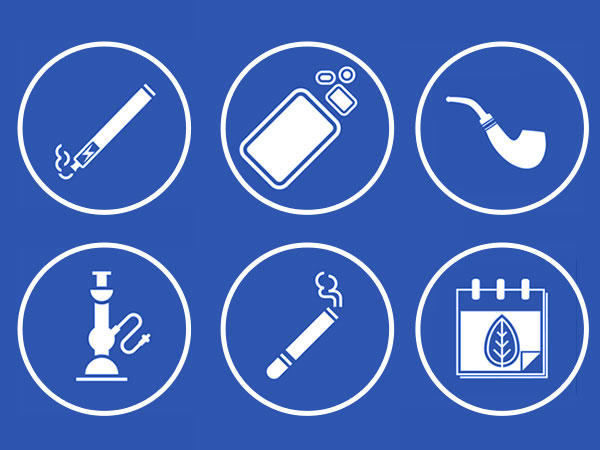Setting the Stage for the Next Decade of Tobacco Control Research
, by Robert T. Croyle, Ph.D.
One of the biggest dangers we face in public health is prematurely declaring victory over a major health threat. Nowhere is that more true than in the case of tobacco use.
Smoking rates have dropped precipitously over the past several decades—a monumental achievement that resulted from implementing evidence based policies and programs, such as increasing tobacco taxes, implementing comprehensive smoke-free laws, and efforts to help smokers to quit.
But, with 40 million Americans still smoking, there is still a lot to be done. The data speak for themselves: tobacco use causes at least 13 different types of cancer and results in one-third of cancer deaths. It also causes heart disease, stroke and serious lung disease. Indeed, smoking harms nearly every organ in the body.
In addition to the cost in lives and suffering, tobacco use also exacts a staggering financial toll: $170 billion in direct medical costs and $156 billion in lost productivity in the United States annually. Furthermore, proliferation and use of emerging tobacco products, such as e-cigarettes and hookahs, are growing. In 2014, e-cigarettes were the most commonly used tobacco product among middle (4%) and high (13%) school students.
Last year, in recognition of tobacco’s role as the leading cause of preventable cancer deaths, NCI Acting Director Doug Lowy, M.D., convened a working group of prominent tobacco control experts to formulate research priorities that will help to shape NCI’s future tobacco control research portfolio.
Dr. Lowy specifically charged the working group with identifying and highlighting research priorities that NCI’s Tobacco Control Research Branch is particularly well positioned to address over the next decade, with an emphasis on areas with the greatest potential to help end the tobacco epidemic and the diseases it causes.
To ensure that it would have a comprehensive view of the current tobacco control landscape, the working group heard from leaders from other federal agencies and nonprofit groups working in tobacco control to better understand those groups' priority research areas and efforts.
Earlier this spring, the working group completed its report and presented it to NCI’s Board of Scientific Advisors. As the report notes, “the elimination of tobacco use and its unequaled harms is now within our grasp,” but “achieving this goal will require significant scientific progress, including advances led by the NCI.”
Further, the report says that the research community must consider key factors that help maintain continued tobacco use, including a changing population of tobacco users, evolving patterns of tobacco use, new and different tobacco products, and a complex and rapidly evolving policy environment.
The working group’s report provides a comprehensive guide that will help direct our research efforts moving forward. For example, it recommends a focus on improving the efficacy of new and existing smoking prevention and cessation interventions, including making them more accessible, whether that’s via an app for a smart phone or in nontraditional care settings like emergency departments and mental health and substance abuse treatment centers.
Another priority area identified by the working group is reaching out to vulnerable populations. The working group specifically identified adolescents and young adults as an important target population. And recent studies show why. Last month, for example, an NCI-supported study showed that high school juniors and seniors who had never smoked conventional cigarettes, but had begun using e-cigarettes, were much more likely to begin smoking conventional cigarettes during the following 16 months than students who had not used e-cigarettes.
The working group also identified research to better address racial and financial disparities as a top priority, because the evidence clearly demonstrates that tobacco’s harms are not equal across all populations. For instance, people who only have a high school education or less smoke at more than twice the rate of those with a college degree or more. Smoking rates are also substantially higher among people whose income is below the poverty level, in certain racial/ethnic groups, and with mental health or substance abuse conditions.
Existing NCI-supported research is well positioned to help jump-start NCI’s response to these recommendations. These research efforts include the State and Community Tobacco Control research initiative, the Adolescent Brain Cognitive Development Study (in collaboration with many federal partners), and a new funding opportunity aimed at promoting smoking cessation among low-income populations using “scalable” interventions.
In the mid-1960s, approximately 50% of all men and 33% of women in the United States smoked. Today those figures are approximately 17% and 14%. That’s a tremendous achievement by any measure. But we can and must do more.
NCI is committed to working with many partners to help end the tobacco use epidemic. These recommendations—and our ability to follow through on them—is an important step in that direction.

